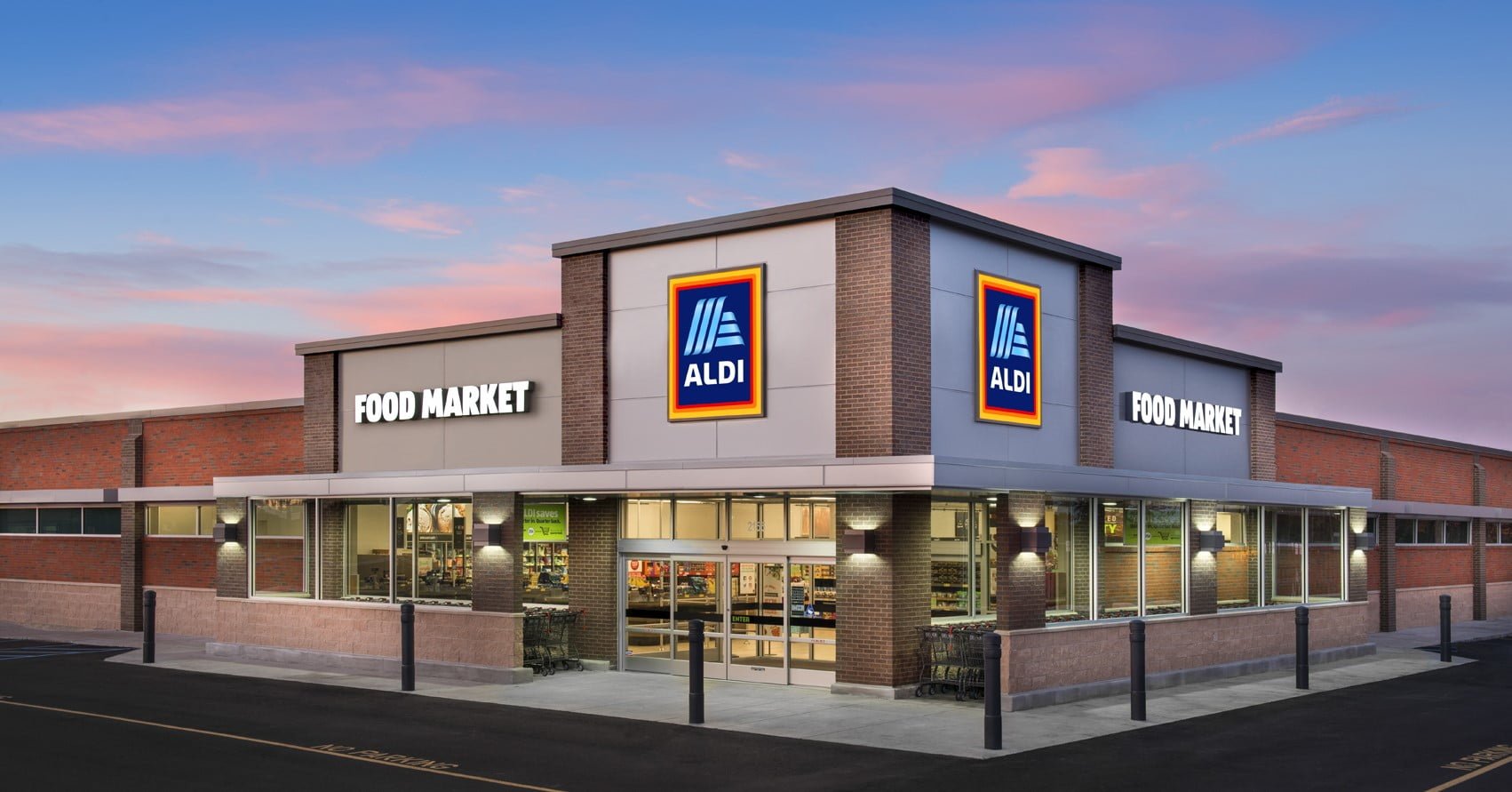Why Aldi is So Cheap, 6 Ways it Keeps Prices Low
With many consumers in the United States struggling to make ends meet Aldi is on a tear. The discount retailer is planning to open 100 stores in the United States this year alone, a stunning feat during a pandemic. Aldi is now on target to become the third largest grocery retailer in the United States by store count with only Walmart and Kroger ahead of it. By the end of 2022 Aldi plans to have 2,500 stores in the United States.
Aldi is famous for its low to no frills approach that keeps prices low. Aldi claims that it’s prices are 50% cheaper than traditional supermarkets. Walmart’s former CEO of US operations Greg Foran has even said this about Aldi: "I never underestimate them." “I've been competing against Aldi for 20-plus years. They are fierce and they are good.” If you are curious about how Aldi keeps its prices so low then consider these six actions it takes to keep its low cost image.
1. Shopping carts are available, at a price. If you are shopping at Aldi and want to use a grocery cart it’s going to cost you. You will have to pay 25 cents for it. While some consumers see this as an inconvenience it saves Aldi money. How many times have you seen a grocery store employee walking to all ends of a store’s parking lot trying to locate a cart a customer left near their car or even a bus stop? By paying 25 cents customers are incented to return their grocery cart to the proper place. That reduces the need for Aldi to invest in labour to perform this function. Several grocers have tried to implement a similar policy but abandoned it because customers preferred to have more customer service. But Aldi is sticking to its low cost roots.
2. Private branded products are a mainstay. More than 90% of Aldi’s products are private label. Over time retailers have focused more and more on their private brands because they tend to be more profitable than national brands and can be a way to lure customers in since they are not available at other retailers.
If you want to buy all of your favourite national brands then Aldi is not for you. But in recent years Aldi has added a few more national brands due to customers demand. As Aldi writes on its website: “recently, we have added a limited selection of national brands in addition to our Aldi exclusive brands. We made this decision in response to feedback from our customers, who have strong brand preferences, yet would like to complete more of their grocery shopping at Aldi. We also may carry a national brand if we are not able to procure an exclusive brand product that meets or exceeds the quality and taste of the national brand.”
3. No frills merchandising. Don’t you just love an elaborate in-store display? It captures your attention and may even entice you to buy something you weren’t planning to buy. While this may be your preference Aldi has other ideas about merchandising. Instead of using fancy displays Aldi stocks its merchandise in the boxes they arrive in. This no frills approach makes it easier for employees to restock merchandise quickly, saving Aldi additional store labour costs.
Do you like this content? If you do subscribe to our retail trends newsletter to get the latest retail insights & trends delivered to your inbox
4. A narrow product selection. No one will ever accuse Aldi of wasting space. Its stores stock a small and focused selection of goods which translate into much smaller stores. On average Aldi sells 1,400 products while other traditional supermarkets sell around 40,000 items. “We’d rather save people money on the essentials than charge them for the unnecessary,” says Liz Ruggles, an Aldi spokesperson. “For example, we only carry the most commonly purchased grocery items in the most popular sizes. Instead of half an aisle of ketchup, we sell only a handful of the best.”
The average Aldi store is 40,000 sq. ft. while the average size of a Costco is 145,000 sq. ft. An Aldi will typically only have three to five employees working, another way the discount retailer saves costs. Smaller stores also allow Aldi to save on real estate costs.
5. Grocery bags, if you pay for them. If you are shopping at Aldi you will also notice that there is no one to bag your groceries. After the cashier checks out your items you are directed to another area in the store where you can bag your groceries yourself. Again this a clever way of saving on store labour while at the same time keeping the checkout line moving. If you didn’t bring a shopping bag then you will have to pay for that too, five cents.
6. Low prices instead of high cost marketing. As compared to other retailers Aldi spends less on expensive TV ads and other promotional activities. “There are no decorations in stores,” said Aldi’s co-founder Karl Albrecht back in 1953. “All of our promotional efforts are put into discount prices.” That philosophy still lives on today.

